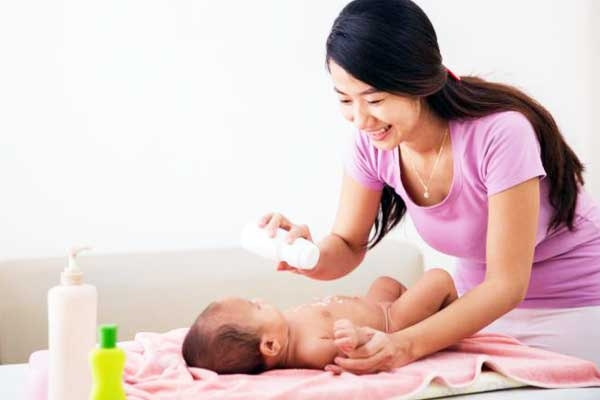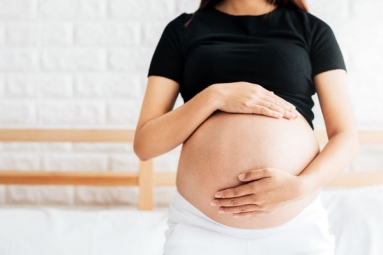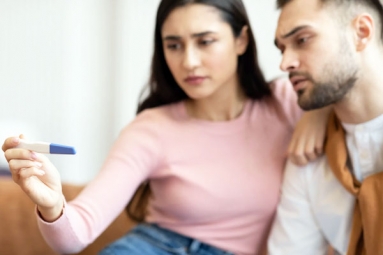
(Image source from: Canva.com)
Parents do their best to care for their children, making sure they have the softest clothes, the most nutritious food, and everything else to keep them safe and happy. We never skimp on our children or cut costs. But despite these efforts, toxic baby products still find their way into young children and pose hidden dangers that can harm them in unexpected and serious ways. Baby product poisoning has become a growing problem in recent years due to increased awareness, scientific research, regulatory changes and increased access to information. Today, parents are much more informed through social media, blogs and online communities, where concerns about chemicals like BPA, phthalates and parabens are widespread.
Doctors are increasingly recognizing that the first years of life are critical for brain and body development and have observed that exposure to even low levels of toxic substances is becoming more concerning. Parents are increasingly looking for natural and non-toxic alternatives. Chemicals like phthalates and triclosan in fragrances, plastics and food packaging, as well as parabens and preservatives in many personal care products, have been linked to hormone disruption, antibiotic resistance and potential health risks. Doctors say bisphenol A (BPA), found in the lining of plastic baby bottles and canned foods, can leach into foods and drinks, especially when heated, and lead to a variety of health problems. It is linked to reproductive problems and cancer. Additionally, the sulfates (SLS and SLES) found in shampoos and body washes are powerful cleansers that can strip the skin of its natural oils and cause skin irritation and sensitivity. On the other hand, talc, which is often used to prevent diaper rash and swelling, can be carcinogenic.
Toys that children enjoy playing with may contain chemicals that can cause developmental problems, such as: B. Lead, phthalates, BPA and PVC. These toxins can be present in different children's products for various reasons, such as: B. because they extend shelf life, wrinkle clothing, improve product texture and add color. Research has shown that many products contain chemicals that are harmful to babies. A study of items for babies, infants, and toddlers (such as car seats, nursing pillows, changing pads, cribs, and bassinet mattresses) found that 80 percent of the products tested contained flame-retardant chemicals. The most toxic baby products are often those that involve chemicals or prolonged skin contact. She says some fabrics used in baby clothes contain formaldehyde, flame retardants and toxic dyes that can cause allergies and skin problems.
Most baby products are toxic. However, commonly used products such as plastic baby bottles, toys, diapers, baby talcum powder, body lotions and shampoos have high levels of toxicity. Exposure to toxic chemicals in baby products can have a variety of negative effects on a child's development and overall health. Developmental delays, breathing problems, skin allergies and neurological disorders can occur. Long-term exposure can even cause cancer. It is important to understand that infants are more susceptible to toxins than adults for several reasons. First, their bodies are still developing, meaning even small amounts of stress can affect the development of vital systems.
In addition, a baby's skin is thin and permeable, which makes it easier to absorb pollutants. Babies also have immature immune systems that are less able to process and eliminate toxins. To ensure safety, experts recommend that parents always choose products that are toxin-free, BPA-free, organic, or eco-friendly. Frequently used baby items such as toys should be washed regularly. Instead of plastic baby bottles, you should consciously choose baby bottles made of glass or steel. It is also important to avoid soaps and shampoos with strong fragrances. The fact that toxic chemicals are present in baby products is concerning, but when parents are aware of it, they can make safer decisions that put their child's health first.
Remember that efforts to remove toxins from baby products are ongoing and education is the first step. As parents become more informed and more selective, we can steer the market toward products that prioritize safety. It's worth choosing non-toxic, baby-safe products to support healthier growth and a safer future.







